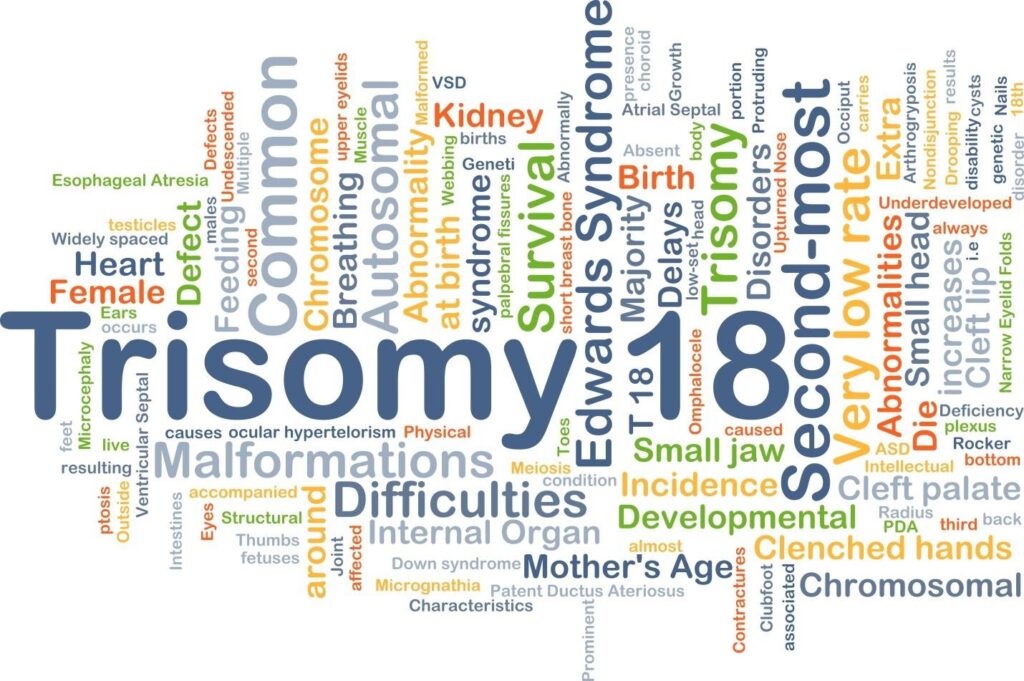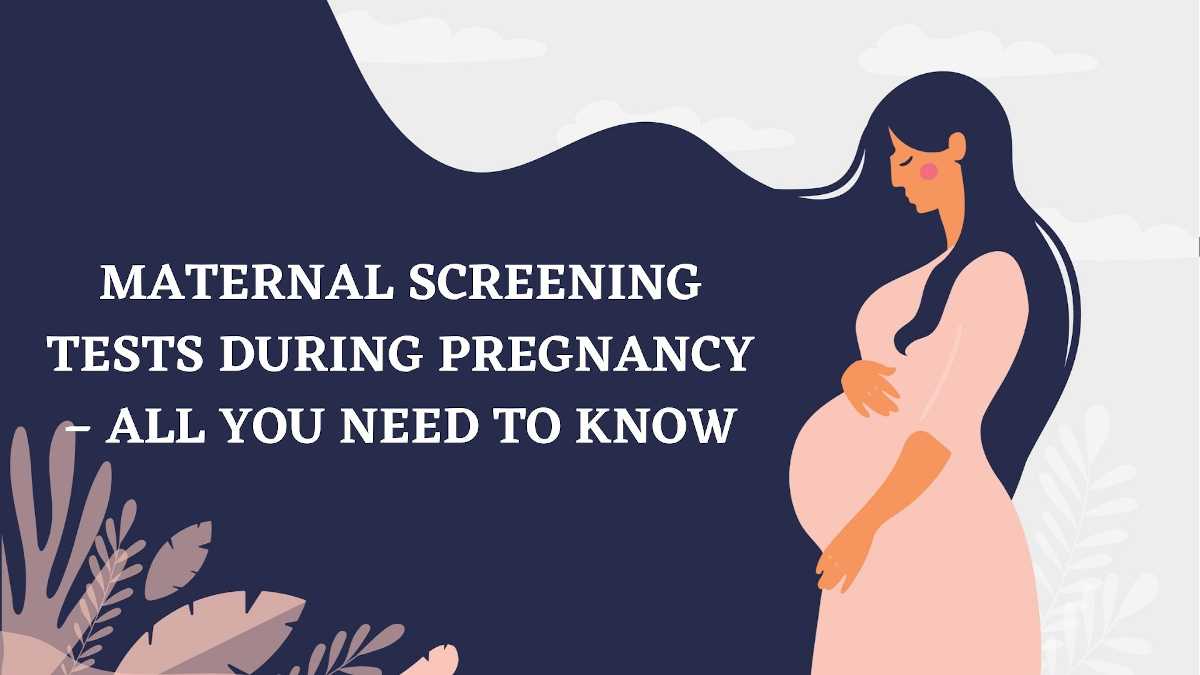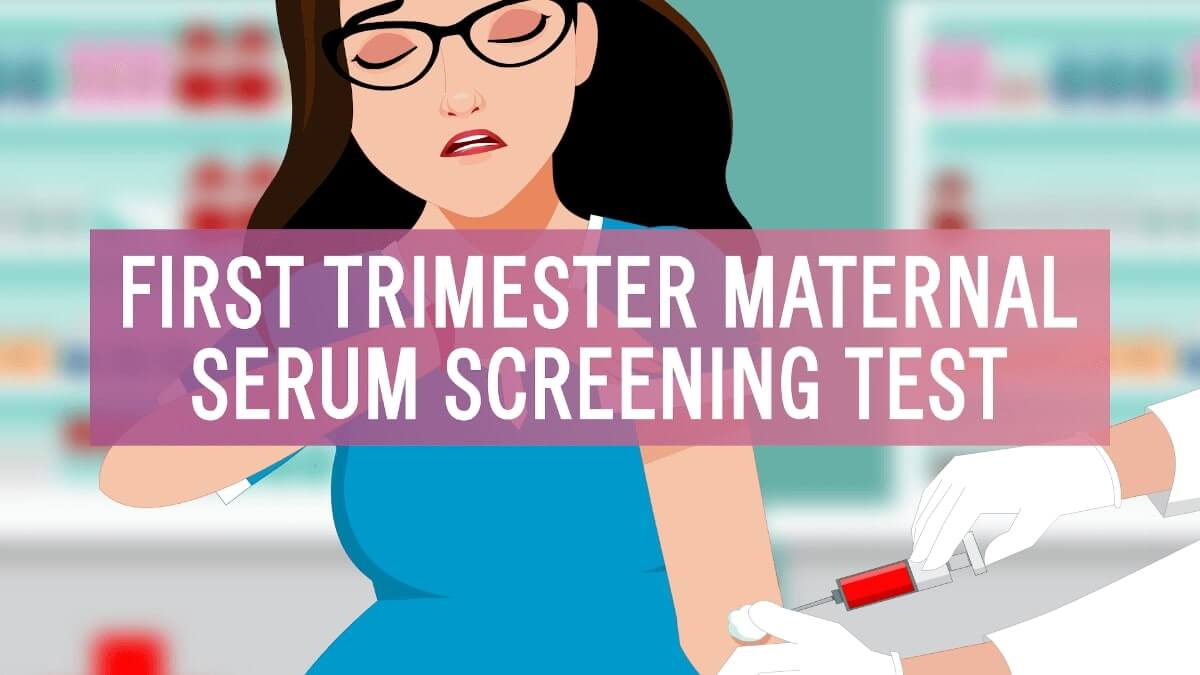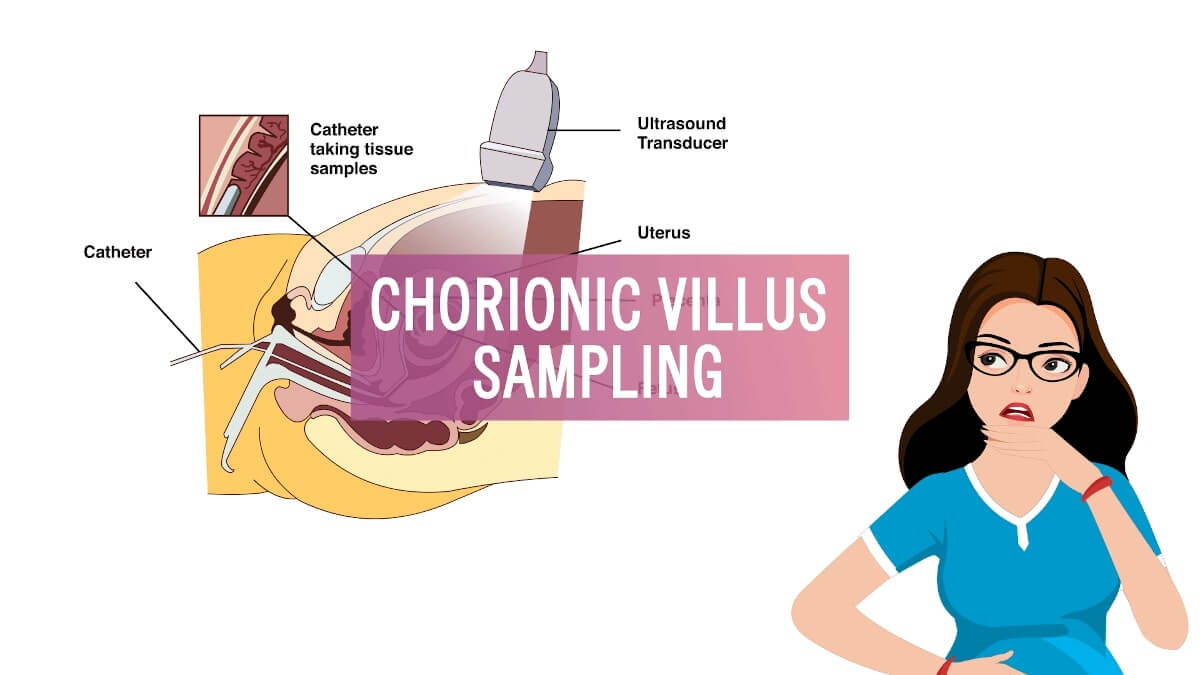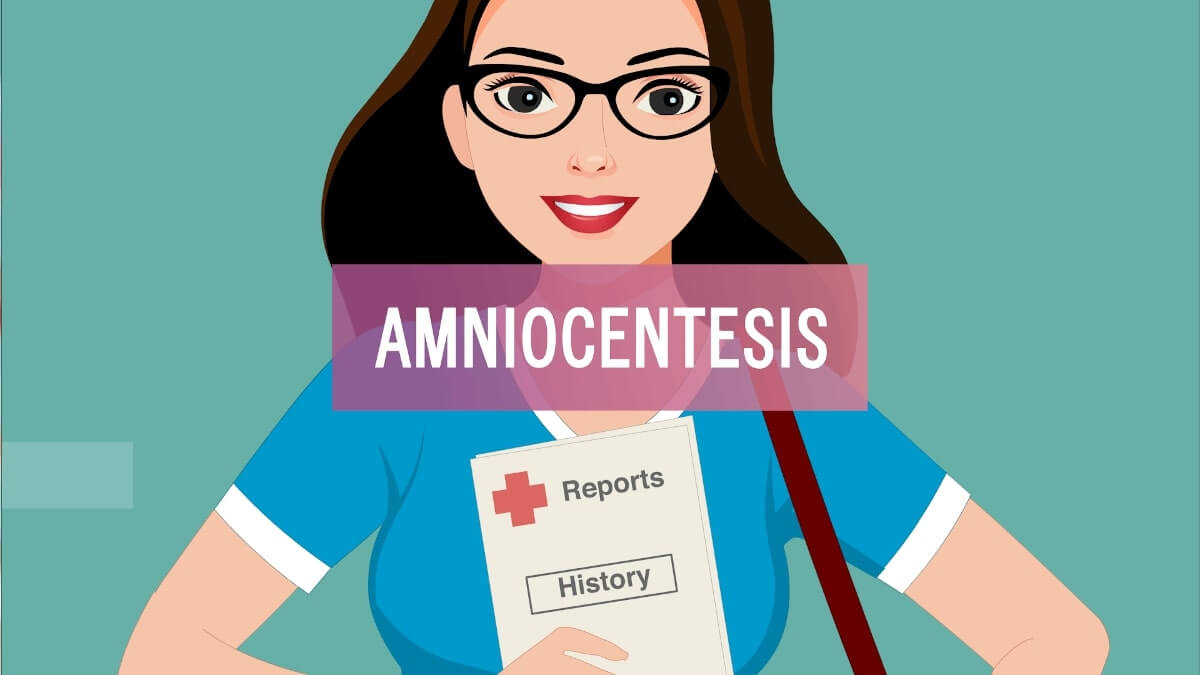The second-trimester screening test is the Quadruple Marker Test.
This blood test helps in determining whether the unborn child will have any chances of having any birth defects like neural tube defect, Down syndrome (trisomy 21) or Edward syndrome (trisomy 18).
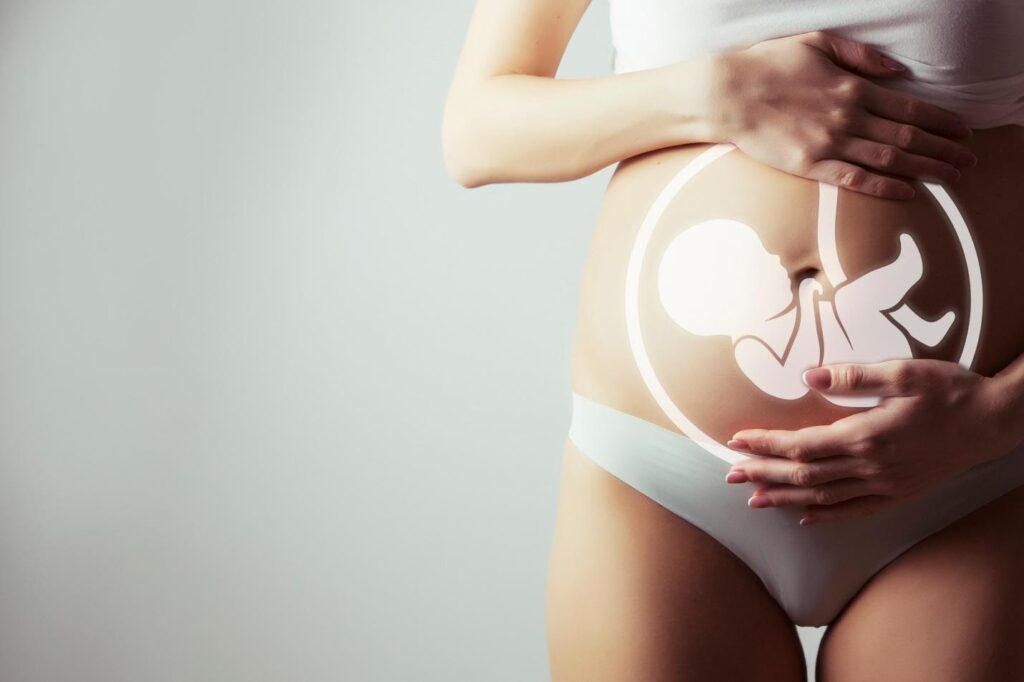
What is the Quadruple test, and when should it be undertaken?
The test analyses the amount of four proteins in the mother’s blood. The test results and the mother’s age help in determining the risk factor of the baby being born with Edward syndrome, Down syndrome, or neural tube defects.
This test needs to be undertaken in the second trimester of pregnancy. The best timeline for samples to be taken for this test is between weeks 15 and 17 of the pregnancy.
What is the Quadruple Marker Test?
This blood test is conducted between the 15 th and 20 th weeks of pregnancy. Like the first-trimester maternal serum screening test, the quadruple marker test checks and provides information on whether the pregnancy has any increased risks of the baby being born with any birth defects. This test does not help with the diagnosis of any condition but enables a successful signal that further tests can clarify.
What does the maternal serum screening tests help identify?
The screening tests help in effectively identifying pregnancies with an increased risk of the following medical conditions:
Neural tube defects – The most common conditions under neural tube defects are spina bifida and anencephaly. In anencephaly, the brain of the baby does not develop adequately, and chances of survival are dim. In spina bifida, the spinal bones have an unusual opening that can cause damage to the nerves that control the lower part of the body. This may lead to paralysis of the legs, weakness, and an inability to control the bladder and bowel movements. A maternal serum test conducted in the second trimester of pregnancy can effectively detect this condition if it exists.
Down syndrome – This is a significant intellectual disability. It may also lead to physical disabilities such as heart defects, difficulty with hearing, and sight. When a baby has not two but three copies of chromosome 21, the baby is said to have Down syndrome.

Edward syndrome – This condition leads to physical inabilities such as heart defects, defects in the digestive system, and growth deficiency. When a baby does not have two but three copies of chromosome 18, the baby is said to have Edward syndrome. The baby’s life suffering from this condition is a mere few months.
